Today, 21 July, the Church commemorates the birth of St. Philip Neri. For this event we offer a text taken from the book San Camillo e i suoi amici – Arte e Ordini religiosi tra Rinascimento e Barocco (‘St. Camillus and his Friends – Art and Religious Orders between the Renaissance and the Baroque’) which forms a part of the series ‘Storia dell’Ordine di San Camillo’ (‘a History of the Order of St. Camillus’).
At the end of the year 1575, after his conversion and first discharge from the novitiate of the Capuchins, and after returning to be treated at St. James’ Hospital in Rome, Camillus chose and took as his spiritual father Philip Neri, the founder of the Congregation of the Oratory, from whom every Sunday and on feast days during the year he received confession. Both Fr. Philip and his priests entrusted to Camillus, the master of the house at St. James’ Hospital, those faithful who intended to practise charity. The day also came when Camillus confided to Fr. Philip his project to form a company of men dedicated to service to the sick for no financial reward and for love of God. His confessor responded in a decidedly negative way to this request.
But at the oratory he met and formed relationships of friendship and trust with other fathers. In particular with Antonio Talpa, Giulio Savioli, Francesco M. Tarugi, Cesare Baroni, Giovenale Ancina, Alessandro Borlaand Francesco Zazzera, to remember those who most took up his cause.
Through Fr. Borla these fathers called for a foundation in Naples, when the Congregation was only a pious society without vows. Unfortunately, from the correspondence between Camillus and the fathers of the oratory of Naples there has been handed down to us only a letter addressed to Fr. Ancina, undoubtedly and entirely written in Camillus’ hand, written in Rome on 9 September 1589. Camillus was replying to Fr. Ancina about a certain gentleman who was interested in the health of his body but much less in the health of his soul. This was perhaps an aspirant and this seems to be confirmed by the note with its order given to Fr. Biagio Oppertis (the Superior of the community and Camillus’ vicar in Naples) to keep the gentleman there until his arrival.
Lastly we should remember that two of the earliest companions of Camillus, Bernardino Norcino and Curzio Lodi, had been penitents of Fr. Philip who after a long period of time became convinced – through a heavenly vision – that the work that had been begun had really come from God as an ‘angelic ministry’.
Read also: St. Camillus and St. Philip: the Reason for a Conflict



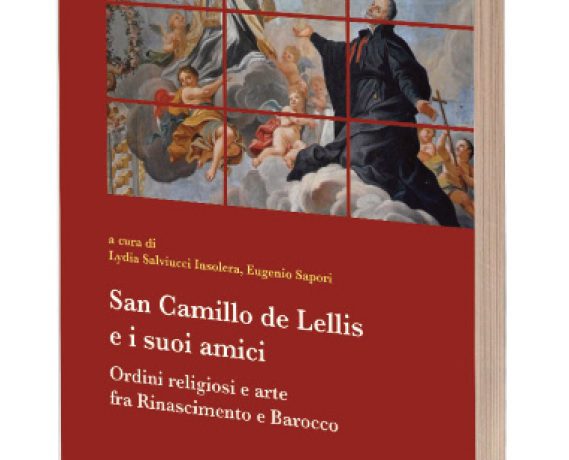
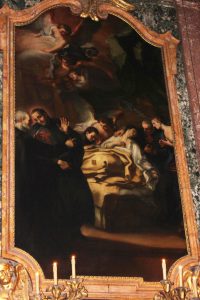
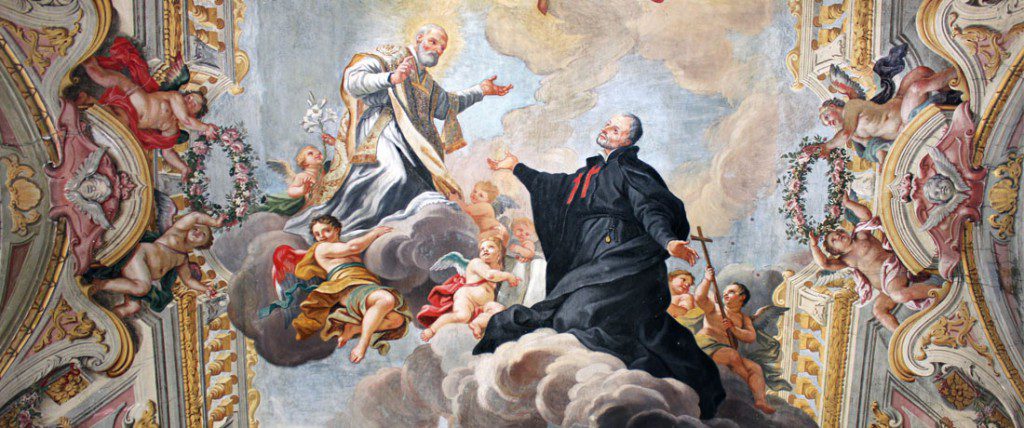
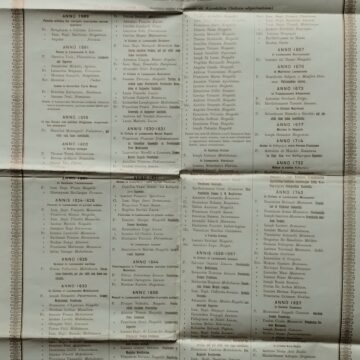
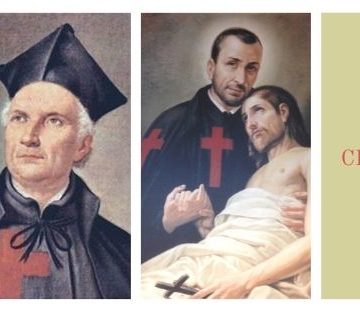






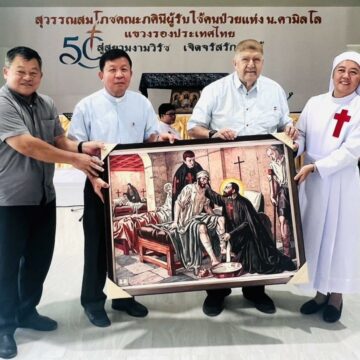
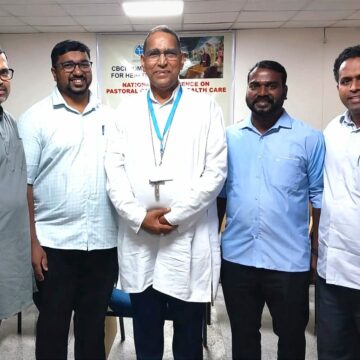


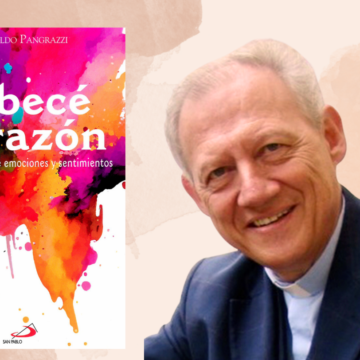
Camillians on Facebook
Camillians on Twitter
Camillians on Instagram